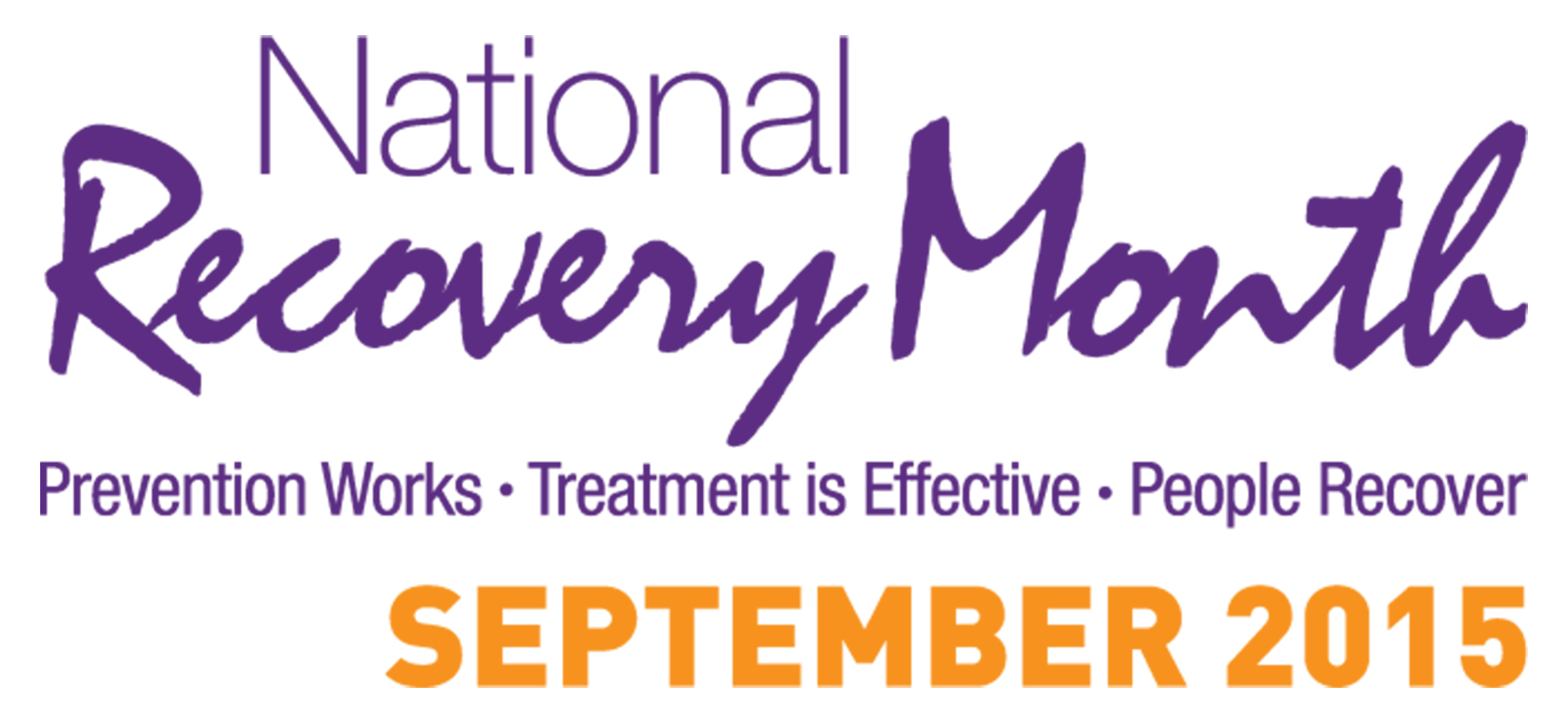We Honor Those Who Fight Substance Abuse and Mental Health Disorders during National Recovery Month
National Recovery Month, sponsored by the Substance Abuse and Mental Health Services Administration, is observed every September in the United States. Also known simply as Recovery Month, National Recovery Month is an opportunity to honor those who are in recovery from substance abuse and mental health issues. This movement also raises awareness and understanding for those who are struggling with addiction and psychological disorders, while also encouraging them to seek treatment. Healthcare providers and those in recovery support services are also recognized and celebrated.
National Recovery Month is an opportunity to honor those who are in recovery from substance abuse and mental health issues.
The theme of Recovery Month for 2015 is “Join the Voices for Recovery: Visible, Vocal, Valuable!” Communities are encouraged to be visible by acknowledging the pervasiveness of substance abuse and mental illnesses in society. Being vocal involves being aware of the warning signs and symptoms. To be valuable, awareness of resources available to those with addiction and mental health disorders must be raised.
Visible: The Prevalence of Substance Abuse and Mental Illness in the United States
National Recovery Month shines a light on the members of our country’s population who are suffering from substance abuse and mental illness. The statistics given below prove that these diseases affect more people than the average American may realize. By making these disorders visible, the stigmas attached to them can be reduced so that those affected can get the help they need.
Substance Abuse
According to the National Institute of Drug Abuse, “Drug abuse is a major public health problem that impacts society on multiple levels.”[1] In 2013, 22.7 million people in this country aged 12 or older required treatment for substance abuse problems. Of these, only 11 percent, or 2.5 million Americans, actually received therapy at a designated facility.[2]
The use of illicit drugs is growing. The number of Americans that used an illicit drug in the past month has grown from 8.3 percent in 2002 to 9.4 percent in 2013.[3] The most commonly used drugs are:
- Illicit Drugs (24.6 Million)
- Marijuana (19.8 Million)
- Prescription drugs, such as Oxycodone and Vicodin (6.5 Million)
- Cocaine (1.5 Million)
- Hallucinogens, like LSD, Peyote, Psilocybin, and PCP (1.3 Million)
- Inhalants, including solvents, aerosols, gasses, and nitrites (0.5 Million)
- Heroin (0.3 Million)[4]
Willing involvement in drug abuse education programs has been shown to decrease drug use. Studies in the Journal of Drug Education have shown that while school-based drug prevention programs have positively affected awareness and attitudes, they have not changed the students’ drug use. The factor that did affect substance abuse was voluntary participation. When students volunteered to take part in these programs, lower drug consumption, as compared to those who were required to participate, was reported.[5]
Alcohol Use Disorders
Also prevalent in this country are alcohol use disorders (AUD). In 2013, 16.6 million American adults were reported to be suffering from an AUD. Only 1.3 million (7 percent) of them received treatment.[6] Children are not immune; 697,000 adolescents aged 12 to 17 suffer from an AUD, with only 73,000 (10 percent) of them receiving treatment.[7]
Much like studies focused on the effectiveness of substance abuse prevention programs, the research done on alcohol education shows that programs “significantly increased the students’ knowledge of alcohol but had no effects on reported drinking behavior.”[8] To reduce alcohol consumption, “peer-led education appears to be efficacious in reducing alcohol use across a variety of settings and cultures.”[9]
Mental Illness
The National Institute of Mental Health reported that one out of four (approximately 61.5 million) adults[10] and one in five teens aged 13 to 18[11] experience mental illness in a given year. 13.6 million, or one in 17 adults, live with a serious mental illness (SMI) such as:
- Schizophrenia
- Major depression
- Bipolar disorder
42 million American adults, which is approximately 18.1 percent of the population, live with anxiety disorders, including:
- Panic disorder
- Obsessive-compulsive disorder (OCD)
- Post-traumatic stress disorder (PTSD)
- Generalized anxiety disorders
- Phobias[12]
Sadly, 60 percent of adults[13] and 50 percent of children aged eight to 15 with a mental illness do not receive treatment.[14]
A study performed by the American Psychological Association tested the effects of three strategies for changing the perception of SMIs. Protests to defy public attitudes toward mental disorder sufferers had no significant effect; however, education and direct contact with mentally ill individuals positively changed attributions.[15]
Vocal: Warning Signs and Symptoms of Substance Abuse and Mental Illness
Recovery Month underscores the need to know the signs and symptoms of substance abuse and mental illness. Early detection and intervention are vital in the treatment of both types of disorders. Recognizing and acting upon the warning signs help to stop substance abuse from becoming substance addiction and alcohol abuse from progressing into alcoholism. When it comes to mental illness, the Robert Wood Johnson Foundation has found that “delayed treatment [of mental disorders] is associated with incomplete and prolonged recovery.”[16]
Acting upon the warning signs help to stop substance abuse from becoming substance addiction
Substance and Alcohol Abuse
Drugs and alcohol affect different people in different ways. The following are common symptoms for alcohol and substance abuse:
- Major obligations at work, home or school are ignored
- Using alcohol or drugs in physically dangerous situations
- Recurrent legal troubles
- Increased social and relationship problems[17]
Mental Illness
To discern whether someone is suffering from mental illness or is simply “having a bad day,” one must consistently observe the symptoms of mental illness over a period of time. The National Alliance on Mental Illness describes some common signs, which include:
- Intense worrying or fear
- Feeling overly sad
- Confusion
- Difficulty concentrating and learning
- Extreme changes in mood
- Extended feelings of irritability or anger
- Avoiding friends and social activities
- Changes in sleeping habits, energy levels, eating habits, and/or sex drive
- Trouble perceiving reality
- Drug or alcohol abuse
- Physical pains that seem to have no apparent cause, such as headaches and stomachaches
- Thoughts of suicide
- Inability to perform routine activities or handle everyday problems and stress[18]
Valuable: Raising Awareness of Treatment Resources
Results from the 2013 National Survey on Drug Use and Health cited that 20.2 million Americans aged 12 or older did not receive treatment for illicit drug or alcohol use. Of these, 1.9 million, or 9.2 percent, wanted to receive treatment, but did not know where to turn.[19] Recovery Month focuses the spotlight on healthcare providers and treatment centers that are dedicated to providing therapies that allow patients to battle addictions and mental disorders, such as Seaside Palm Beach in Florida.
With BHOPB by Your Side, You Can Win the War against Substance Abuse and Mental Illness
At Seaside, we honor the fight against substance abuse and mental illness during Recovery Month, as well as every day. Our world-renowned doctors, therapists, counselors, and staff discretely provide comprehensive programs using the latest therapies to optimize chances for patient success. Contact one of our caring patient-advocates to start your journey to gain control of your disease and your life!



